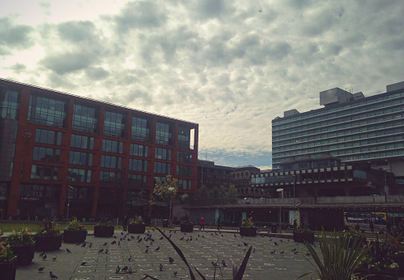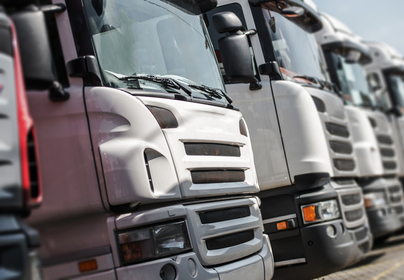Having to consider putting your company into Creditors’ Voluntary Liquidation (or CVL) is not something any Director sets out to have to do…
Sometimes a Company has run its course or the shareholders simply want to bring it to a close and move on with another venture.
If you find yourself in this position, there are normally 2 key considerations:
- Maximising the return to shareholders by realising as much as possible for the company’s assets and by minimising the tax payable.
- Making sure that the company is closed in an efficient, compliant and non-stressful manner.
A Members’ Voluntary Liquidation (or MVL) is often the most appropriate way to achieve both of these goals. It is important to note at this stage that although an MVL is a form of liquidation, it is a solvent wind down of the company and carries none of the negative impact of insolvent liquidation.
Call us for free on 0800 066 3122
The benefits of an MVL
For most business owners, the most important benefit of an MVL is that distributions to shareholders are treated as capital payments and so are subject to capital gains tax rather than income tax. Not only is capital gains tax typically lower than income tax, but many business owners can also take advantage of entrepreneurs' relief on capital distributions and so bring the tax rate down to as little as 10% (as opposed to 40% or more under income tax rules).
Some of the other benefits of an MVL:
- The whole process is managed by an Insolvency Practitioner who is experienced in company closure and asset realisation and who will coordinate with the company’s accountants and tax advisers.
- A Liquidator is able to distribute both cash and non-cash reserves that may not have been distributable outside the MVL. This means that the Liquidator can pass ownership of property and assets directly to the shareholders without the need to sell to a third party if the shareholders so wish.
- An MVL provides more assured finality as a company is unlikely to be returned to the register of companies following an MVL whereas a company can be returned to the register up to 6 years after dissolution if an MVL is not used (usually due to tax irregularities).
- Distributions are subject to Capital Gains Tax (and potential Entrepreneurs' relief) rather than income tax.
Criteria for entering into MVL
In order for a company to be placed into an MVL, the directors must sign a declaration of solvency stating that the company will be able to pay all of its liabilities with 12 months of entering into MVL. They must also sign a statement of assets and liabilities detailing all assets and liabilities of the company together with the estimated costs of the MVL.
It is an offence to sign a false declaration of solvency which can carry severe penalties. Because of this, it is important to engage with an experienced Insolvency Practitioner early in the process so that they can guide you through the steps necessary to prepare the company to enter MVL. By engaging early, you provide the Insolvency Practitioner with the opportunity to help you identify things such as contingent liabilities, termination costs of employees, warranty issues and any other issues which might lead to an incorrect declaration.
Paying the shareholders
For most, the main point of entering an MVL is to pay the shareholders. The right Insolvency Practitioner will be well aware of this and so will give you an estimate of the time frame up front. In many cases, it is possible to agree the sale of assets prior to entering MVL and so the distribution can be made very shortly thereafter. If there are any minor issues or concerns that remain at the time of the proposed distribution, the Insolvency Practitioner may well be willing to make the distribution whilst they resolve the issues provided the shareholders are willing to provide them with a suitable indemnity, thus speeding the process up.
If you are looking to realise the maximum value from your company and want to know more about how an MVL can help you do this or want to discuss potential costs of an MVL for your business, call us free on 0800 066 3122







